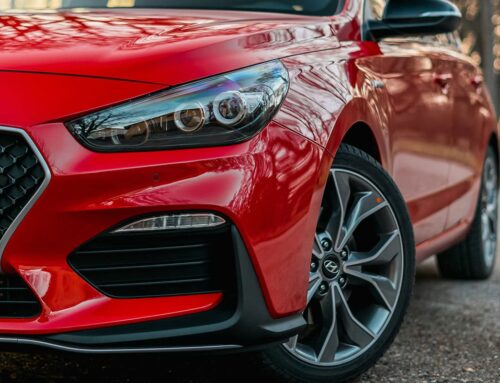THERE are a variety of motorhomes – such as A-Class motorhomes, coach-built motor caravans, American motorhomes, race trucks, Low Profile, and campervans.
It is important to keep in mind that you need insurance coverage for this type of vehicle – and because of the customised nature of self-built motorhomes and campervans, you may need to visit a professional insurance provider that offers cover personalised to your bespoke vehicle.
There some important things to consider when it comes to buying campervan insurance.
The Requirement of Self Build Insurance If You Built or Converted Your Motorhome
If you have built your campervan from scratch or converted your van into a campervan, you will have to get the right type of insurance coverage.
As mentioned on the vehicle’s log book (V5C form), a newly built or converted campervan is not categorised as a standard vehicle – and your insurance coverage will have to be changed as a result.
On the other hand, if you have invested a lot of time making painstaking modifications and alterations to the vehicle, you may probably want to get it covered under a modified campervan insurance plan that’s particularly made to focus on customised conversions.
The Particular Standards on Which Your Van Becomes A Campervan
All things considered, there are a few government-enforced standards that each vehicle has to meet to be categorised as a motorhome, this includes:
- One or more beds with a length of six feet or 1800mm. This is often converted during the night time that car seats can easily be used for some other purposes in the daytime, but should be once and for all fixed within the body of your vehicle (can easily be designed from some other installed seats within your vehicle).
- There have to be a completely encased and fixed ways of storage, i.e. locker(s), cupboard(s) or wardrobe(s).
- Fixed water installation to be linked to a small water storage container or tank.
- Seat placements for people to sit at the family table (kitchen table may be removable but should have long term means of attachment to your vehicle).
- Sketch demonstrating the layout of your vehicle’s interior.
- Fixed heating or cooling option powered by electricity or gas (installation needs to have a proper and detailed engineer’s report and gas and electricity to be certified, and in case of an audit or claim a certificate must be available).
- Motor vehicle to be documented as a motorcaravan with the particular DVLA and have an up-to-date V5C, which should be available to provide in the eventuality of an audit or a claim.
- A door that provides accessibility to the living lodging
- At least one window on both sides of the habitation part of your vehicle
Criteria to Reclassify Your Converted Campervan
In order to reclassify your campervan, your newly altered vehicle must meet the requirements discussed above – when it comes to what ought to be installed or fixed in your vehicle to reclassify as a motorhome.
Simply speaking, this consists of a table and seats, storage and cooking facilities, and sleeping space or accommodation.
Motorhomes and Campervans usually fall into the DVLA classification of the motor caravan – which ought to be correctly shown in your vehicle’s log book (V5C form). Once the alteration has been finalised, you should send your log book back to your DVLA for body type modification, so your vehicle can easily be detected by the registration system of the excise department.







Leave A Comment